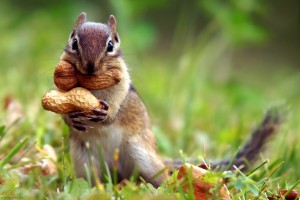Transcribing my page from Linn’s diary was a new kind of challenge that I had never come across before, and I think I learned quite a bit from the experience. Overall, the process went a bit smoother than the daunting task I imagined in the beginning, but I still came across my fair share of issues along the way. For example, the variations in Linn’s

writing style tended to throw me off, particularly when his handwriting became small and rushed. Individual letters seemed to clump into bigger ones, or big ones break down into smaller. I experienced the most trouble of this sort in the final lines of the page, where Linn began to write smaller to fit all his ideas on a single sheet.
I thought that this project was a great introduction to the wide field of Digital Humanities; a hands-on activity dealing with one of the fields basic forms. I learned a few small, semantic facts from this project (that &c is an abbreviation for et cetera, for example), but I also took away some bigger ideas. This project gave me a better understanding of the interpretive skills that are necessary when dealing with the humanities. I also developed a strange appreciation for the work I was doing, an understanding that these words may not have been read for over a hundred years, and we’re trying to make them available to everyone.





